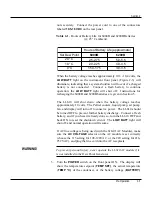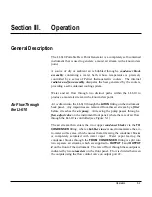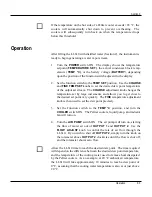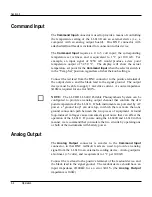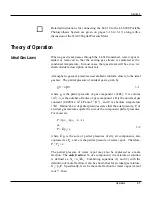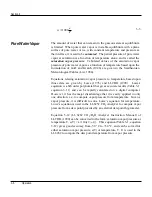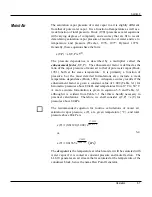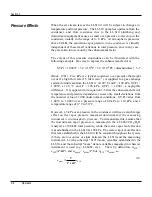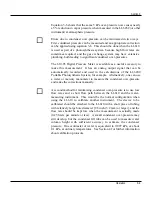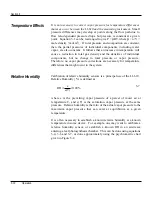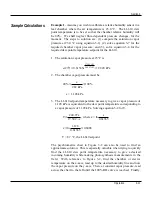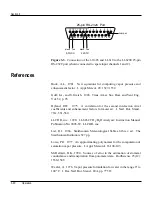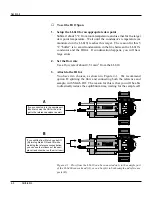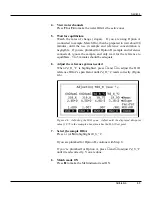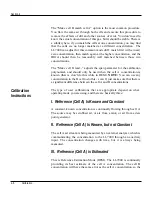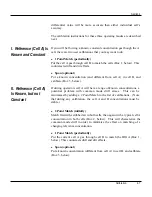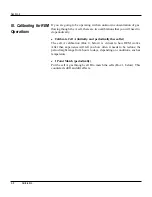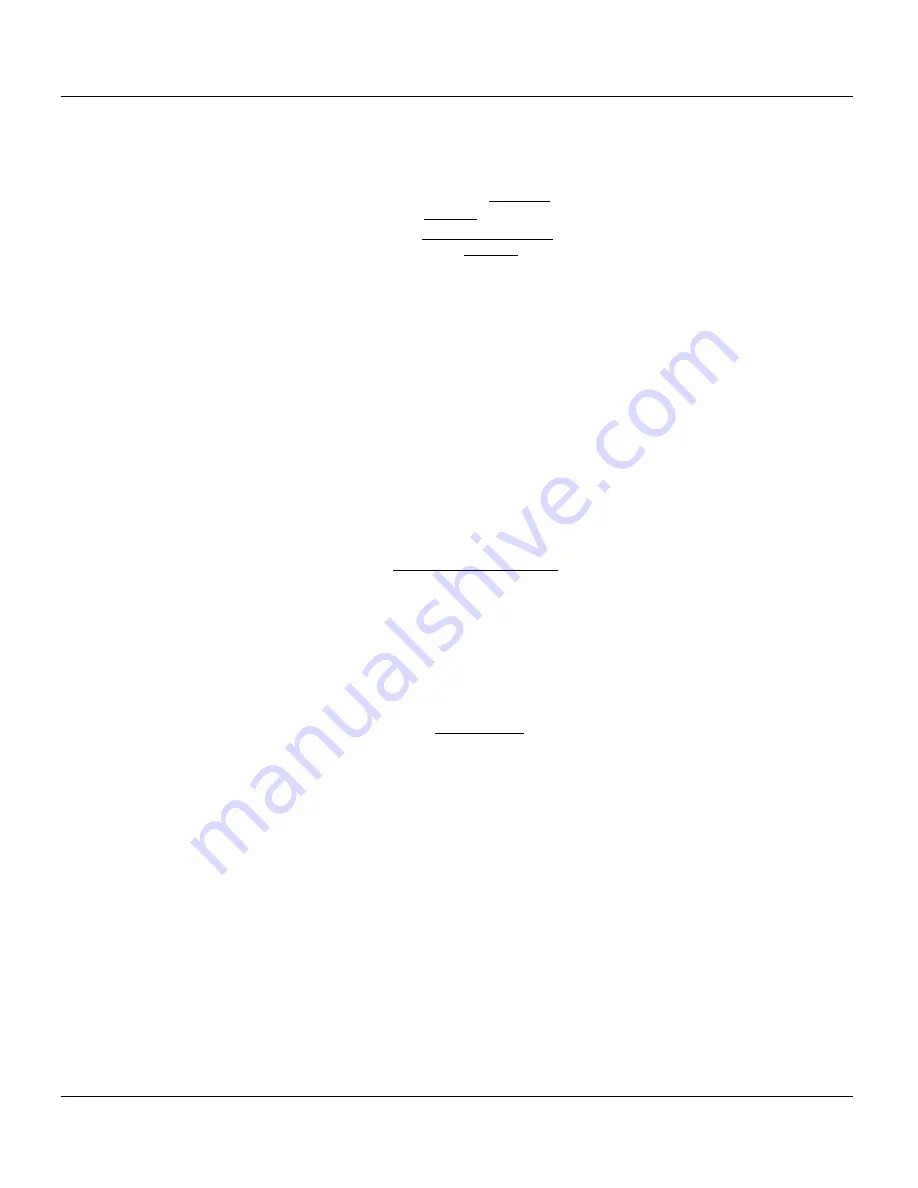
Section 3
Operation
3-13
Additional
Relationships
1. Combining equations 3-4, 3-6 and 3-7
RH
P
P
P
e
e
17.502T
240.97 T
17.502T
240.97 T
d
d
= +
×
+
+
∆
100%
3-8
where P = barometric pressure,
∆
P = condenser over-pressure,
T
d
= LI-610 dew point temperature, and T = measuring device
temperature. RH is the relative humidity that will hold in the
measuring device at T and P when the LI-610 is set to T
d
with over-
pressure
∆
P.
2. It is sometimes necessary to know the pressure-corrected dew point in
a measuring device given the LI-610 dew point temperature,
condenser pressure and barometric pressure. This can be found by
combining equations 3-4 and 3-6 and solving for device temperature.
T
240.97 ln R + f(T )
17.502
ln R + f(T )
d
d
=
[
]
−
[
]
3-9
where T = the pressure-corrected dew point temperature in the
measuring device given the LI-610 dew point temperature setpoint, T
d
;
R = P/(P +
∆
P); and
f(T )
17.502T
240.97
T
d
d
d
=
+
Water Sorption
Water vapor adsorbs to the surface of all materials. Therefore, be sure to
allow ample equilibration times when calibrating humidity measuring
instruments, especially when large humidity changes are made.
Equilibration times on the order of an hour are not excessive when
performing careful calibrations.
Maximum Flow Rates
Our initial tests suggest that 2 liters per minute is about the maximum
flow rate that can be used with the LI-610 and still obtain complete
saturation at ordinary laboratory temperatures. Tests continue to further
define the limits of instrument operation.

